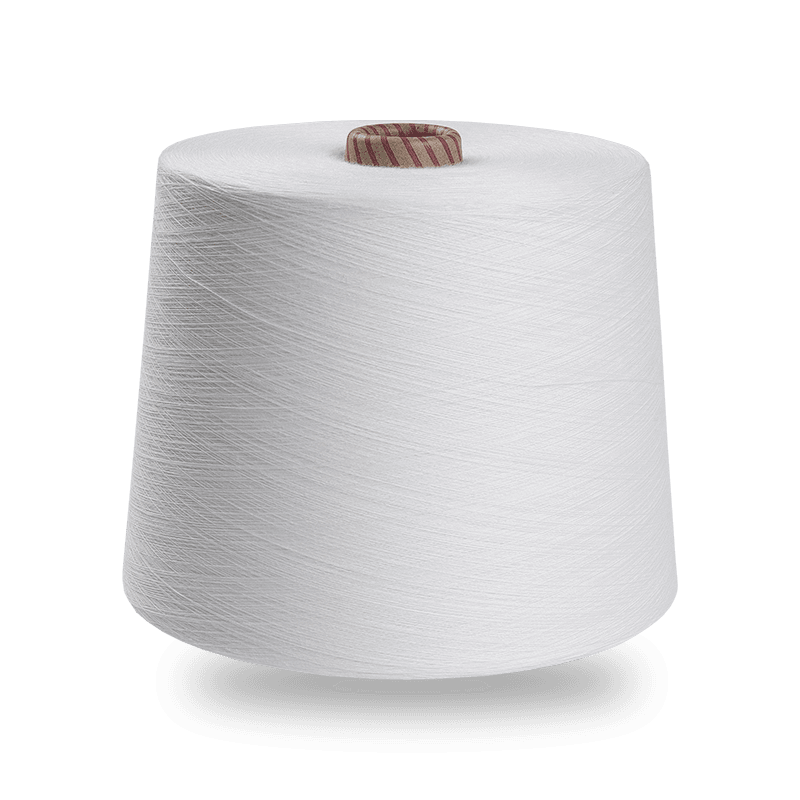The production of high-quality Nylon 6 Draw Textured Yarn (DTY) involves several engineering challenges that must be carefully managed to ensure optimal performance and consistency. Nylon 6 DTY, created through a process of stretching and false twisting partially oriented yarn (POY), is valued for its fluffiness, elasticity, and versatility in applications ranging from fashion to technical textiles. However, achieving these properties while maintaining high quality presents various hurdles in the production process.
One of the primary engineering challenges is the precise control of the false twisting process. This step is crucial as it determines the yarn's texture, elasticity, and overall performance. The process involves twisting the yarn to create a textured structure, which can vary depending on the level of intermingling applied—ranging from no-intermingled (NIM) to high-intermingled (HIM). Engineers must carefully calibrate the machinery, such as the German Barmag textured machines, to ensure consistent twist levels and yarn properties. Variations in twisting can lead to uneven texture, inconsistent yarn strength, and poor performance in end-use applications.

Another significant challenge is managing the intermingling process. This involves intertwining filaments to enhance yarn cohesion and stability. The degree of intermingling—slight, moderate, or high—affects the yarn’s appearance, texture, and suitability for different applications. Engineers must ensure that the intermingling process is finely tuned to meet specific product requirements while avoiding issues like excessive entanglement, which can lead to processing difficulties or reduced fabric quality. This requires sophisticated control systems and precise monitoring of the machinery, including Japanese TMT winders, to achieve the desired results.
The handling and processing of Nylon 6 DTY also require careful attention to the yarn’s physical properties. The yarn must undergo rigorous testing to meet physical, dyeing, and appearance standards. This involves evaluating tensile strength, elongation, and other mechanical properties to ensure durability and performance. Engineers must ensure that the production process maintains these properties consistently across batches, which requires robust quality control measures and the ability to quickly address any deviations or defects that arise.
Additionally, the environmental impact of Nylon 6 DTY production is an ongoing challenge. The production process involves the use of chemicals and energy, raising concerns about sustainability. Engineers are increasingly focused on developing more sustainable practices, such as improving energy efficiency, reducing waste, and exploring recycling options for Nylon 6. The goal is to balance the need for high-quality production with environmental responsibility, which adds another layer of complexity to the engineering challenges faced.
The engineering challenges in producing high-quality Nylon 6 DTY are multifaceted, involving precise control of the twisting and intermingling processes, stringent quality testing, and environmental considerations. Addressing these challenges requires a deep understanding of the material properties, advanced machinery, and rigorous quality control measures. As technology and practices evolve, ongoing innovation and improvements are essential to meet the demands of the textile industry while maintaining high standards of quality and sustainability.


 English
English 中文简体
中文简体 Español
Español عربى
عربى











